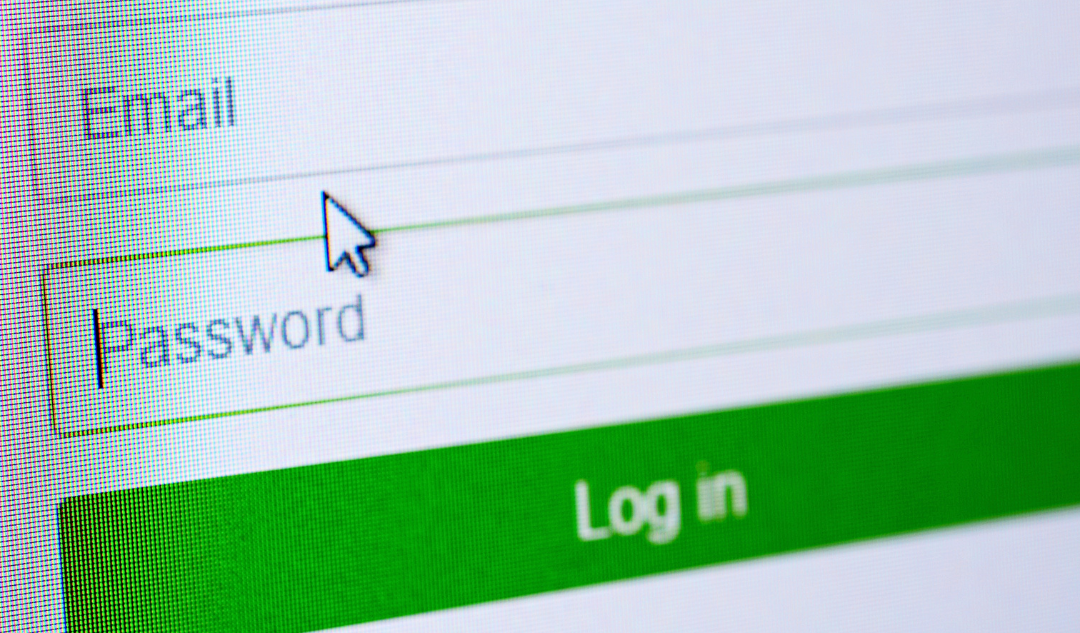Data theft can take many forms. Unauthorised access to email accounts, for one, can provide a wealth of information on sensitive business operations. In recent times, email has become the preferred channel of communication owing its flexibility in relaying messages related to clients, team coordination, and upcoming activities. However, email has also become a target channel for cybercriminals looking to perpetuate data theft. Whether through spam campaigns, sophisticated targeted attacks, business email compromise, phishing and malware attacks, cybercriminals continue to exploit the vulnerabilities in email systems to carry out their malicious activities.
To proactively protect against data theft and the reputational and financial damage it causes, organisations need to prioritise email security, build a cybersecurity strategy, and implement relevant security controls that greatly reduce the risk of hackers gaining unauthorised access, encrypting or deleting valuable data. 7 security controls to mitigate phishing attacks and bolster email security:
Attachment Sandboxing and Detonation
Attachment sandboxing detects malware by extracting attachments from messages and executing suspicious code within a secure and isolated environment. By monitoring the behaviour and output of this code, potential threats can be detected. This approach effectively prevents files downloaded from untrusted sources from gaining access to trusted resource or manifesting malicious behaviour that could compromise users’ devices and data, thereby mitigating email security risks.
Sender Policy Framework (SPF)
This email authentication protocol is a technical standard designed to restrict spammers from using your organisation’s domain as the source of an email message. SPF lets you publish a list through your domain name record of all the server IP addresses or domains your organisation uses to send email, making it harder for email senders to hide their identity. A receiving email server can check this list during mail delivery to confirm that email claiming to come from a specific domain has been sent from an authorised source. Emails from anywhere else are treated as spam by default.
Screening for Malicious Attachments and Links
Hackers have become more creative and can easily fake an email address to make it look like a boss or a colleague’s. Having an extra layer of security that screens for malicious attachments and links will alert your staff if an email or link is malicious and prevent them from causing a breach.
DomainKeys Identifies Mail (DKIM)
Similar to SPF, DKIM is an email authentication protocol that enables organisations to assume accountability for message transmission by digitally signing it. This signature allows mailbox providers to verify the authenticity of the message’s source and ensure its integrity during transit.
Tagging External Emails
A common tactic deployed by cybercriminals is to send emails using the display name of someone within the business whilst using an external email address. One effective countermeasure is to implement email tagging, where a cautionary notice is included in every email that originates from outside the organisation. This promptly alerts users to any potentially suspicious messages, helping them exercise caution and remain vigilant against potential threats.
Domain Based Message Authentication, Reporting and Conformance (DMARC)
Domain-based Message Authentication, Reporting and Conformance (DMARC) is an email authentication, policy and reporting protocol that helps mail domain owners and mail administrators prevent cybercriminals from spoofing their organisations and domains. DMARC goes further by ensuring that a digital signature included in the header of each email sent such that a recipient’s email server is validated using DKIM and SPF. Once the receiving email service confirms the sender’s identity, the email is forwarded to the receiver’s inbox, otherwise it will mark it as spam.
Quarantine Service
This additional layer of protection restricts potentially malicious emails from reaching your inbox by quarantining it. Users can choose to move those emails to inbox or delete it once due diligence has been carried out.
Types of Email Security
At Modalit, we provide cybersecurity and fully managed IT services that keeps your business protected from any email intrusions and phishing attacks.
Through a host of features including external email notification, controlled deployment of email on mobile devices, email system security enhancements, email access restriction to a list of countries, Modalit will ensure that you never have to worry about data theft or phishing scams by significantly enhancing your organisation’s email security.
Contact Modalit to learn how we can help you mitigate email security risks.

